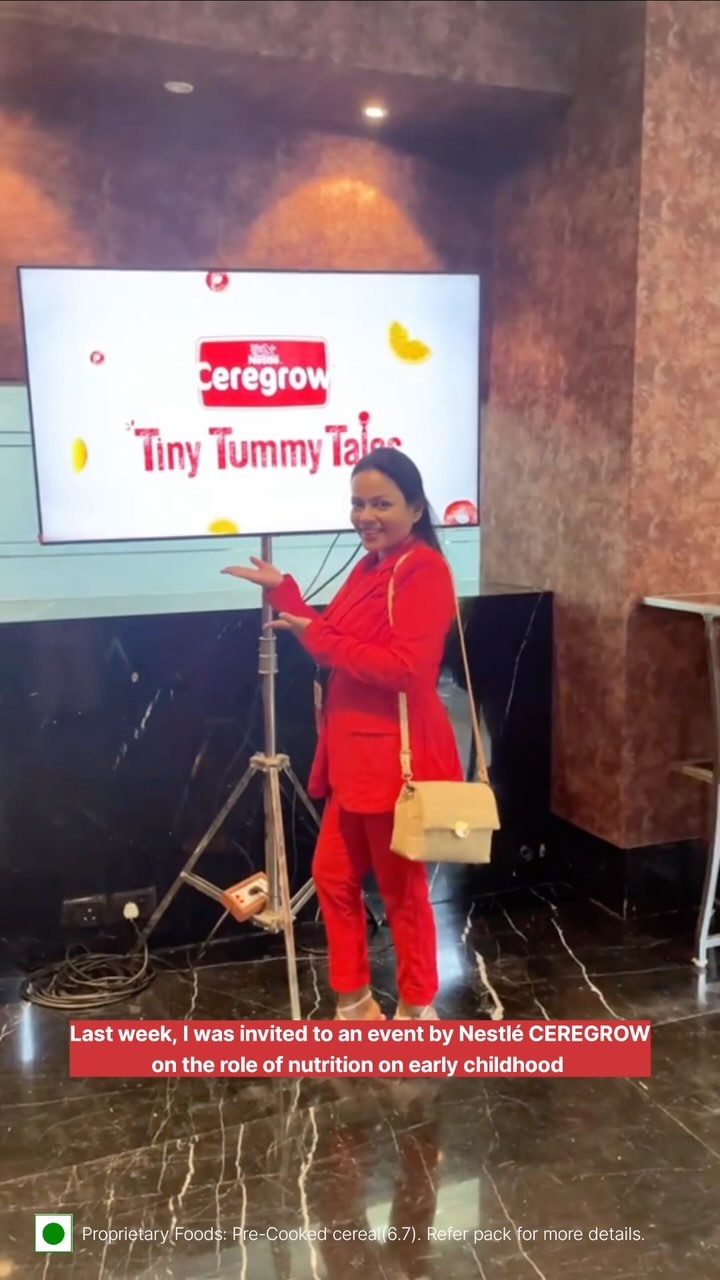8 Easy Ways I Try To Lead A Sustainable Lifestyle
When I first learned about the impact of plastic waste on the planet, one of the biggest mistakes I did was to dive headfirst into the sustainable lifestyle. Instead of taking it slow, I went all in. And within a few months, I was deep in depression. Because while trying to live a zero-waste lifestyle I eliminated some of the things that really mattered to me.
It took me a few months to learn to balance it out. Instead of going all in, I evaluated what I can give up and what I can’t. For example, I can’t give up on beauty products, especially Korean ones. DIY beauty products didn’t work for me. Not only wasn’t it working for my skin, but I was also wasting raw materials. Saying no to sheet masks messed up with my mental well-being. Because skincare has always been my way of self-love. So what I did was I learned which brands and sites are sustainable. And I also learned to make it up to the planet in many other ways.
What I learned from the past 3 and a half years of trying to live a sustainable life is that taking extreme steps can sometimes put you off. So the key is to go slow and steady. Only give up what you can. Let’s say, I love eating potato chips but I don’t eat them very often. I am good at controlling temptation. But when I think that I can’t eat chips because of the plastic waste, I would want to eat them even more. So after creating so much chips waste I decided to give up only on individually wrapped items instead of entirely packaged items like chips.
So after years of trying and testing what works for me and what does not, here are the things that turned out to be the easiest switches for me.

-
Refusing Single-Use Plastic:
This is probably the rule of thumb when it comes to living a sustainable lifestyle. And the easiest too! It doesn’t take much effort to carry a canvas bag at all times. So that you don’t have to accept a single-use plastic that you are gonna toss into the bin anyway. I haven’t gone out much since the pregnancy, but even when I do, I keep a canvas bag with me at all times. Before the pregnancy, I tried to grocery shop locally as much as I could. And I used a canvas bag for everything.
When we were kids, the local grocery stores always used paper bags made from old newspapers for things like eggs, sugar, or any other random kind of stuff. But now 100% of the stores in our locality use tiny plastic bags for every single thing. When I ask them if they have paper bags, they say yes they do. But since the customers always ask for plastic bags on top of the paper bags, they provide only plastic ones. I tell them that I am okay with only paper bags. And then I stick to shopping from that grocery store so they recognize me and stop offering me plastic bags. It has been the easiest step for me so far.
2. Switching To Menstrual Cups:
This one decision has changed my life. No more discomfort, no more leakage issue. Menstrual cups have enabled me to swim, travel, and sleep with comfort all the while saving hundreds of disposable pads from going to the landfill.
On the other hand, reusable pads aren’t for me. That’s one switch that I am not comfortable making. So when I was post-partum I used disposable period panties without any guilt because I have already saved hundreds of pads from going into the landfill.
Read about my experience using menstrual cups here.
3. Cloth Diaper/Training Pants/Super Nappies:
Having kids can create a huge carbon print on the planet. And one of the main reasons I never planned on having kids was that I didn’t want to welcome a life when I can’t welcome him on a clean planet. But then he decided to come anyway, and I am trying to do my best to keep the planet a little more cleaner.
I gave birth during the eye of the pandemic and raised him with bare minimum help. During the initial days, disposable wipes and diapers were our best friends. But as motherhood became less intense I tried experimenting first with super nappies, then with cloth diapers, and finally with training pants.
The super nappies worked really great until he learned how to untie them around 6 months of age. Exactly around this time, I started using cloth diapers regularly during the day and by month 9 I started using training pants as well. However, cloth diapering didn’t work for us during the nighttime, and he developed bad rashes. So we use disposable diapers during the nighttime.
Currently, he is 1 and a half months old and during the day you’ll mostly spot him in training pants and sometimes in cloth diapers. My go-to for all diapering needs is Super bottoms. I have experimented with a lot of other brands, but not one was as goodas super bottoms UNO. The only other cloth diaper that was as at per was Charlie Banana.
Seiji has 6 cloth diapers: 2 Superbottom UNO, 1 Superbottom basic, 1 Charlie banana, 1 Babyhug, and 1 Bumberry. The Bumberry one didn’t really work for us and he barely wears it.

4. Reusable Wipes:
Like I earlier mentioned, disposable wipes were my savior the first few months, but then I slowly started using the reusable ones. I didn’t buy them, but my MIL made me some with old soft saree pieces. When I’m visiting my parents, we don’t use a single disposable wipe. However, when am on my own at my apartment I use according to my convenience.
5.Re-use/Upcycle:
One of the most fun and creative thing you can try if you want to lead a sustainable lifestyle is trying your hands-on upcycling things. When you feel like you need to buy something new, before making the purchase, try brainstorming if you can upcycle it from something that you already have in your home. For example, a few days back I wanted to buy some mason jars. I almost placed the order when I remembered that I have about 4 empty organic honey jars that are basically mason jars. So I did what I had to do!
Sometimes I am left with ugly plastic containers that ruin my kitchen aesthetic (like a lactation powder that worked wonders for me). In that case, I pass them to my MIL who finds jars like that really helpful.
6. Use Bamboo and wooden alternatives:
Whenever I spot any bamboo or wooden alternatives as opposed to the plastic ones I immediately grab them. The wooden comb has been a game-changer for me. It creates less friction which results in reduced hair-fall.
When it comes to bamboo toothbrushes, I wish they were less pricey because people will always opt for the cheaper alternative which is plastic. I found bulks of wooden earbuds at a throwaway price at USUPSU and got ourselves enough stock to last 10 years. They are a lot better in quality than plastic ones and are even safer for babies.
When it comes to single-use bowls and plates I wish the leaf ones were as available as they were 20 years ago. They really need to make a dramatic comeback.
7. Donate PR samples:
As a blogger, I receive many PR samples and it’s physically impossible for me to use them all to their last bit. So once the testing and review are done, if I’m not gonna use them I give them away to family members, friends, and house helps. I think it makes a difference because they would have purchased those items anyway.
8. Plant Trees:
Back at my parent’s place, we have a huge backyard and a front yard. As a kid, I loved gardening with my mom. We have a bunch of Cyprus trees that I planted as a kid and they give our yard the feel of a hill station. I love these trees so much and you can spot them behind my pictures every often.  We would also grow some vegetables totally out of passion.
We would also grow some vegetables totally out of passion.
Now that I have a baby, we spend our fair share of time at my parent’s place. To say that my baby loves nature is an understatement. He is the happiest when we visit our hometown. And when he was about to start solids I planted some greens so that we can feed him fresh vegetables. What came next basically blew my mind. The next time we visited I found chickens in the yard. Mom wanted to feed organic eggs to her grandson. So extra! I know. But it encouraged us even more to grow more organic food for the baby. Not only do these plants provide us with fresh oxygen, growing your own food saves a lot of packaging and travel waste too.
FINAL TAKEAWAY:
So these are the key steps that I follow while trying to lead a sustainable lifestyle. In the process of trying to lead a zero-waste lifestyle, I realized that complete zero waste is not for me. Not only wasn’t it affecting my mental health, but I was also on the verge of giving up when I realized that low waste is the key. Instead of feeling guilty for all the beauty waste that I create, I focus on the pack of sanitary napkins that I stop from going into the landfill each month. Even if you use only one cloth diaper a day and stop just 1 disposable diaper from going into the landfill each day, that counts. Every single thing that you stop from going into the landfill makes an impact.
Each day I’m trying to learn new ways to lead a sustainable lifestyle. Each day I’m brainstorming how I can create more impact towards sustainability. I am still researching what works for me and what does not. And I think that the key to lead a sustainable lifestyle is to evaluate what you can give up.
I hope you enjoyed this article. And if you have any suggestions of ways I can lead a sustainable lifestyle, please let me know in the comment section.










































